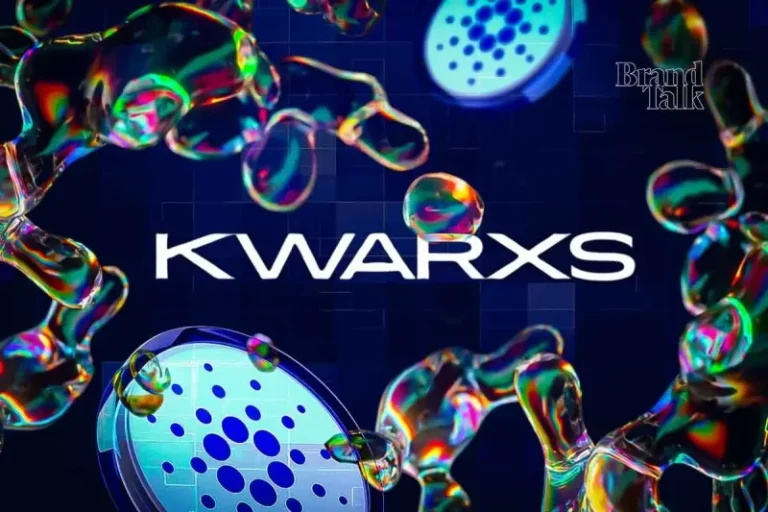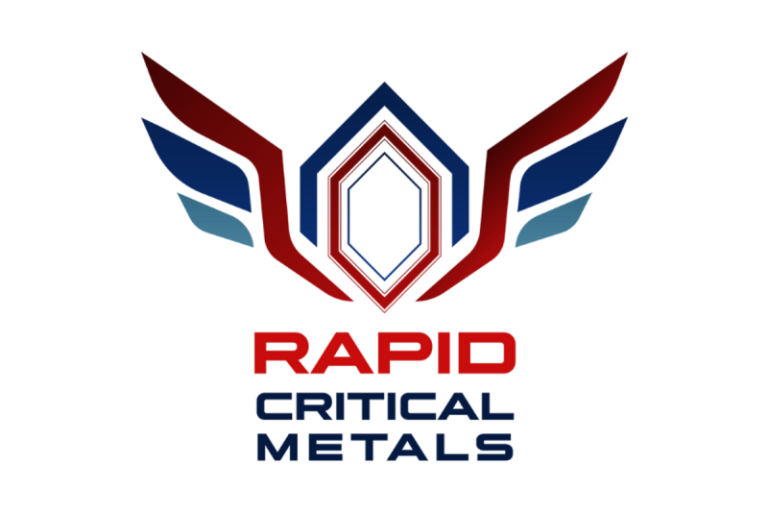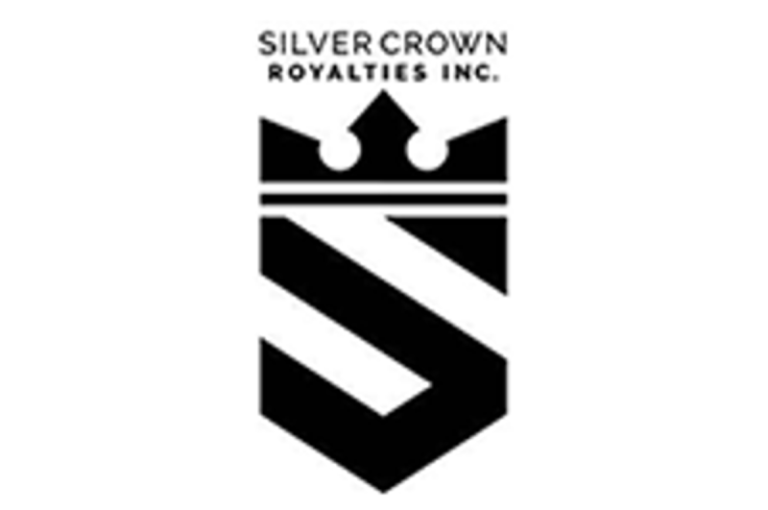The surge in energy-intensive artificial intelligence (AI) applications is driving renewed investment and policy focus on nuclear power.
Nuclear fusion is a re-emerging cornerstone technology that could meet the twin challenges of decarbonizing the global economy while energizing the data centers needed to power the AI revolution.
Nuclear power offers a 24/7, carbon-free source of baseload electricity. Unlike intermittent clean energy sources like wind and solar, nuclear plants also require significantly less land and fewer raw materials per unit of energy, adding to their appeal.
The advantages presented by nuclear power position it as a compelling opportunity for investors looking to capitalize on the future of global energy innovation.
SMRs: The new face of nuclear
Small modular reactors (SMRs), a broad classification that covers several designs, are helping to transform the nuclear sector. Smaller than traditional reactors at a capacity of 300 megawatts electrical (MWe) or less, SMRs can be factory built with enhanced safety features and lower upfront capital costs.
For example, NuScale Power’s (NYSE:SMR) recently approved US460 SMR has passive safety features. Unlike large nuclear plants that require active cooling systems, its design uses natural forces like gravity and convection for automatic shutdown and cooling, removing the need for operator intervention or external power in emergencies.
Similarly, X-Energy’s flagship Xe-100 SMR uses proprietary TRISO-X fuel, which is designed with multiple layers of ceramic materials that cannot melt, even at extremely high temperatures. The fuel serves as the primary containment barrier, ensuring safety without active intervention. In early August, X-Energy selected Clark Construction Group to finish the building construction phase of its advanced nuclear fuel fabrication facility.
Kairos Power is also making headway with its advanced modular reactor design, which combines TRISO fuel with a molten salt cooling system. The installation of the reactor vessel for the company’s third engineering test unit in Tennessee is a key milestone in the buildout of the company’s advanced modular design.
The design of SMRs also enable them to be deployed in a diverse range of locations.
Arc Energy’s sodium-cooled fast reactor is designed to be remote, able to operate for over two decades without refueling. In June, the company signed a memorandum of understanding with energy infrastructure company Deep Atomic to jointly explore deployment opportunities across North America.
Microreactors, a much smaller subcategory of SMRs that typically produce less than 10 MWe of power, represent the next wave of flexibility. Oklo (NYSE:OKLO), an advanced nuclear technology company headquartered in California, recently secured a contract with the US Air Force to pilot a microreactor at Eielson Air Force Base in Alaska.
For its part, BWX Technologies (NYSE:BWXT) has begun fabricating the reactor core for the 1.5 megawatt Pele demonstration microreactor for the US Department of Defense, a project that highlights the military’s growing interest in portable, reliable nuclear power.
Meanwhile, California-based Hadron Energy is developing the Hadron micro modular reactor, a compact nuclear power system designed to deliver about 10 megawatts of power. Using a ceramic core and solid fuel, the patent-pending design is intended for deployment in remote or space-limited locations.
While current reactors use nuclear fission to create heat and generate electricity, nuclear fusion, a separate but similar process that is still in development, is also gaining traction.
The US Department of Energy’s (DOE) Milestone-Based Fusion Development Program was authorized in 2020 and officially launched in September 2022, with eight participants announced in May 2023.
In a webinar, Colleen Nehl of the DOE’s Office of Fusion Energy Sciences, said the eight companies were “making great progress’ and spoke about new opportunities for additional teams to secure program funding.
AI and the coming energy crunch
AI’s voracious appetite for power is forcing tech giants to rethink their energy sourcing strategies. High-performance computing demands not only massive amounts of electricity, but also near-perfect uptime.
As AI models scale and data centers proliferate, the nuclear sector’s ability to deliver constant, emissions-free electricity positions it as a foundational technology for sustainable tech growth.
This has led companies like Microsoft (NASDAQ:MSFT) and Alphabet (NASDAQ:GOOGL) to make landmark investments in nuclear fusion. In 2023, the former announced an agreement to purchase fusion energy from Helion Energy, while the latter signed a 200 megawatt fusion offtake deal with Commonwealth Fusion Systems in June.
Nuclear power can help technology companies sustainably expand their AI capabilities.
In 2024, Microsoft entered a power-purchase deal with Constellation Energy (NASDAQ:CEG) to revive the Three Mile Island nuclear facility, aimed at supporting its burgeoning AI infrastructure.
Additionally, Amazon Web Services (AWS) (NASDAQ:AMZN) committed over US$500 million toward the development of SMRs, including a project with Dominion Energy near its North Anna site, to meet its growing clean-energy demands.
In May, US President DonaldTrump issued an executive order directing the DOE to create a readily available fuel bank with at least 20 metric tons of high-assay low-enriched uranium (HALEU) for authorized advanced nuclear reactor projects, explicitly citing AI and other critical infrastructure as priorities.
HALEU is a specific type of nuclear fuel containing between 5 and 20 percent of the fissile uranium-235 isotope.
Speaking about nuclear energy in a July interview on New York radio station 77 WABC, Lee Zeldin, administrator of the Environmental Protection Agency, told host John Catsimatidis, “As it relates to the Trump administration, while we’re here, we want to do everything in our power to fast-track the process.”
Expedited review timelines from the Nuclear Regulatory Commission for TerraPower’s construction permit for the Kemmerer power station, and the Tennessee Valley Authority’s BWRX-300 reactor at Clinch River came in response to Trump’s executive order.
Managing the nuclear waste challenge
Despite its advantages, nuclear power faces the persistent challenge of disposing of spent nuclear fuel.
Nuclear power’s waste profile varies significantly depending on the technology used.
Traditional fission reactors split heavy atoms such as uranium-235, generating smaller fission products that remain highly radioactive for thousands of years.
This process also produces spent fuel, which must be securely stored and managed over the long term.
By contrast, fusion — the reaction that powers the sun — fuses light atoms like hydrogen isotopes into heavier ones, releasing helium, a non-radioactive gas. The main radioactive byproducts come from reactor components that become activated by high-energy neutrons.
Known as activation waste, these materials typically decay to safe levels within decades to centuries rather than millennia. While fusion waste is less hazardous and easier to handle, it still requires proper management, recycling or disposal.
To be safely disposed of, nuclear waste needs to be isolated from the environment for an extremely long time because many of the radioactive isotopes it contains have very long half-lives. A half-life is the time it takes for half of the radioactive material to decay. For example, plutonium-239 has a half-life of over 24,000 years.
Long-term isolation in a stable, deep geological repository is necessary to prevent this harmful radiation from contaminating the environment and endangering human health.
While the US has implemented some temporary storage solutions, the American Nuclear Society (ANS) and other organizations are advocating for a new program to establish long-term solutions.
The ANS joined seven other organizations to send a letter to US Secretary of Energy Chris Wright on July 8, asking to meet with him to discuss the issue. At the time of this writing, no meeting had been set. The Nuclear Waste Technical Review Board will convene on August 27 to review information on the DOE’s activities to manage spent nuclear fuel and high-level radioactive waste and to receive program updates from the DOE’s Office of Nuclear Energy.
Meanwhile, companies and institutions are discovering innovative solutions.
Deep Isolation is advancing directional borehole drilling, while workers at the DOE’s Savannah River site have developed a new carrier system to speed the processing of spent fuel.
Where is investment flowing?
As nuclear capabilities are built out, capital has been moving into every stage of the value chain.
Waste disposal innovators like Deep Isolation recently closed a reverse merger and an oversubscribed US$33 million private placement financing, a development that signals a potential market for nuclear waste storage solutions.
Meanwhile, the industry is addressing a shortage of domestic reactor fuel with a wave of innovation and new investment from the government and private sector. This is especially true for HALEU, a specialized fuel needed for many advanced reactor designs. The DOE is leading efforts to expand HALEU production, releasing plans to downblend highly enriched uranium (HEU) at the Savannah River site into HALEU.
At the decommissioned Paducah Gaseous Diffusion Plant, the DOE signed a lease with General Matter for a new uranium enrichment facility, while Global Laser Enrichment advanced its separate laser-based enrichment project by completing both its full license application and a safety analysis report for US Nuclear Regulatory Commission review.
The DOE also extended its US$110 million contract with Centrus Energy (NYSE:LEU) for HALEU production and launched its Fuel Line Pilot Program to fast track nuclear fuel fabrication for new test reactors in July.
Other next-generation fuel technologies are also progressing.
TRISO fuel, designed with multiple ceramic layers that prevent melting, remains a focus area. BWX Technologies’ successful testing of a new furnace for additively manufacturing TRISO fuel marked a key milestone in the company’s efforts to build an entirely new industrial supply chain, while Shine Technologies’ fuel recycling venture with Standard Nuclear signals a market for firms focused on recycling spent nuclear fuel to extract more energy.
Beyond advanced reactors, fuel improvements are also advancing. Lightbridge (NASDAQ:LTBR) will soon begin testing its enriched uranium-zirconium alloy fuel at Idaho National Laboratory.
Meanwhile, the High Burnup Experiments in Reactivity-Initiated Accident project completed its first test, aimed at understanding light water reactor fuel performance under extreme conditions.
Looking ahead
The future of nuclear power appears promising.
“Demand has gone from 1 or 2 percent compound annual (growth) to now about 4 percent and possibly even higher. And that doesn’t even include the COP28 goals of tripling nuclear by 2050,” he continued.
Building on burgeoning momentum, the DOE has officially selected 10 companies for its reactor pilot program, with a target of having at least three designs reach criticality outside of laboratories by July 4, 2026.
Given the promising outlook, investors have a compelling opportunity to capitalize on the industry’s future.
Securities Disclosure: I, Meagen Seatter, hold no direct investment interest in any company mentioned in this article.










